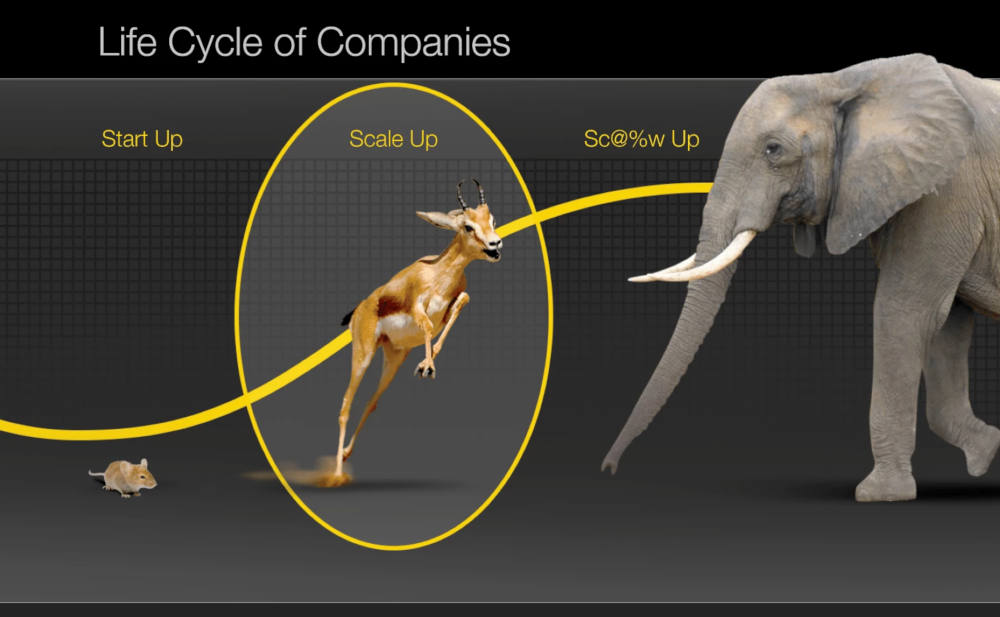Who came up with the idea of using the word gazelle to describe a company? Huge businesses, like IBM, are referred to as elephants, Lou Gerstner even wrote his classic Who Says Elephants Can’t Dance? after he managed the commercial and cultural transformation at the business.
In contrast to the elephants, the smallest and most prolific are referred to as mice, the mom and pop stores. But what is a gazelle company? David Birch first developed the idea of the gazelle company during his early work on employment and evangelised the concept in his book, Job Creation in America: How Our Smallest Companies Put the Most People to Work. His theory was that small fast-growing companies were the biggest creators of new jobs in the economy.

In his influential book published in 1987, David Birch explores how jobs are created and destroyed in the United States. His data is derived from 12 million companies studied from the late ’60s onwards. His results showed that the population of businesses was extremely volatile, every year millions of new companies were formed. A significant portion, especially small firms, experience rapid growth. He estimated that these rapidly growing gazelles comprise only 4% of all US firms, but account for 70% of all new jobs. These firms had a minimum revenue of $1m and more than doubled in four years.

So before the world was wondered what scaling up was all about it was talking about gazelle companies. Who they were and how to create more of them. Verne Harnish author of the Mastering the Rockefeller Habits: What You Must Do to Increase the Value of Your Growing Firm even picked the name and image of the gazelle for his global coaching firm.
Gazelles are surprisingly rare creatures. In 2008 Zoltan Acs, director of the Center for Entrepreneurship and Public Policy at George Mason University, published a study finding that a mere 2% to 3% of all companies were high-impact firms. During a recession elephants and mice reduce headcount, and the deeper they cut jobs the higher unemployment rises. When the economy picks up again and it comes to job creation, they are almost irrelevant. Its gazelles doubling every four years that create growth in jobs.

